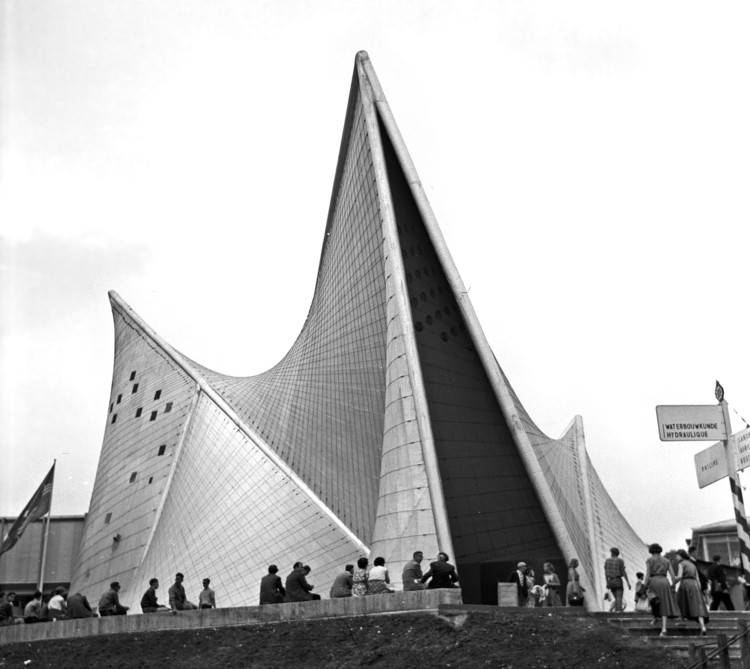
Food is as much about architecture as it is the concept of taste. With food comes the sum of its parts to create the whole, the great attention to detail and the emotion of first bite like that of entering a memorable space for the first time.
Jorge Louis Borges says, “The taste of the apple lies in the contact of the fruit with the palate, in the fruit itself, in a similar way poetry lies in the meaning of the poem and the reader, not in the lines of symbols printed on the pages of a book. What is essential is the aesthetic act, the thrill, the almost physical emotion that comes with each reading.”
Ferran Adria, the master chef of elBulli, which has religiously been called the Best Restaurant in the World, has a heideggerian approach to food, cooking, and the physical act of eating. Similar to that as architects with the same heideggerian approach and the concepts of material, making, and the experiencing of space. Like Jorge Louis Borges and heideggerian architects, Ferran Adria crosses the realm of cooking and enters the presence of wholeness of experience. Transforming the traditional means of eating and elevating them to a memorable moment where memory, experience and taste meet.
Continue reading for more in-depth information.





























![[OVER]fill / Architekton - Image 9 of 4](https://images.adsttc.com/media/images/55f7/2e41/fd5f/d394/3700/006b/newsletter/overfill-02.jpg?1442262586)







